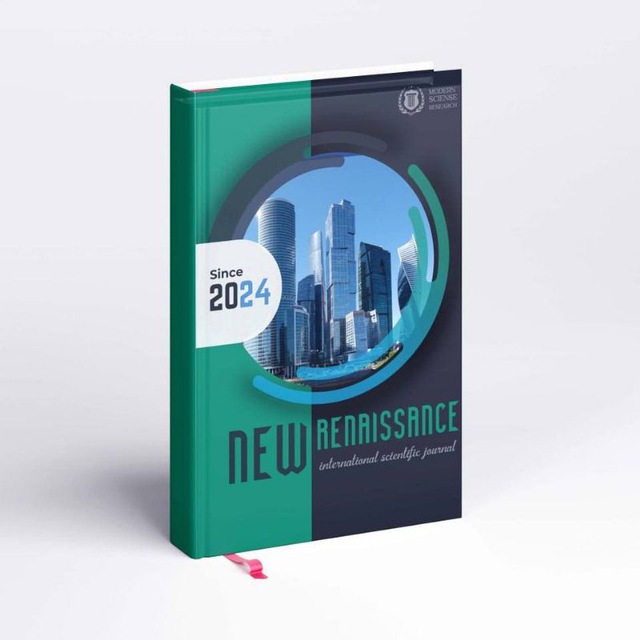Abstract
The rise of machine translation (MT) technology has transformed the field of translation, offering rapid, cost-effective solutions for converting text across languages. While MT systems like Google Translate and Deep L continue to improve in accuracy, significant challenges remain in conveying the nuances, cultural context, and emotional tone often essential for true understanding. This article explores the strengths and limitations of both machine and human translation, focusing on their ability to deliver accurate, nuanced translations. Machine translation is highly efficient for straightforward or repetitive text, excelling in speed and consistency. However, it frequently struggles with contextual understanding, idiomatic expressions, and complex grammatical structures. In contrast, human translators bring cultural sensitivity, contextual awareness, and an understanding of tone, allowing them to accurately interpret idioms, humor, and emotional subtleties. While machine translation is valuable for quick, general-purpose translations, human translation remains the gold standard for nuanced, high-stakes content, such as literature, legal documents, and marketing. This article concludes that both machine and human translation play essential, complementary roles, with each suited to specific contexts based on the demands of accuracy and depth.
References
Bahdanau, D., Cho, K., & Bengio, Y. (2015). Neural Machine Translation by Jointly Learning to Align and Translate. Proceedings of the 3rd International Conference on Learning Representations (ICLR).
Melby, A. K., & Foster, D. (2010). Context in Translation: Definition, Access, and Importance. Amsterdam: John Benjamins Publishing Company.
Koehn, P. (2020). Neural Machine Translation. Cambridge: Cambridge University Press.
Munday, J. (2016). Introducing Translation Studies: Theories and Applications. New York: Routledge.
Bowker, L., & Buitrago Ciro, J. (2019). Machine Translation and Global Research: Towards Improved Machine Translation Literacy in the Scholarly Community. Bingley: Emerald Publishing.
Castilho, S., Moorkens, J., Gaspari, F., & Way, A. (2018). Integrating Machine Translation in Translation and Localization Workflows. In Translation Quality Assessment: From Principles to Practice (pp. 261-291). Springer.
Vashee, K. (2019). Human Parity in Machine Translation: What Does It Mean and Does It Matter? Machine Translation, 33(1), 31-42.
Pym, A. (2010). Exploring Translation Theories. New York: Routledge.
